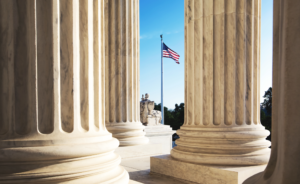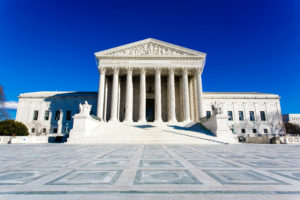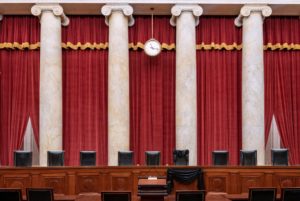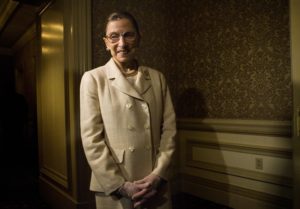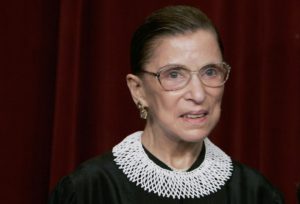PLF’s defense of liberty at the Supreme Court will continue

Pacific Legal Foundation and many more have written about the recent death of Justice Ruth Bader Ginsburg. Her personal story of perseverance and her role as a trailblazing attorney and jurist inspired many across the nation—and not just in the legal profession.
After reflecting on Justice Ginsburg’s tenure on the Court, her passing also got me thinking about something else: How many times has the makeup of the U.S. Supreme Court changed since Pacific Legal Foundation’s start in 1973? Sure, it’s probably something I should’ve wondered when now-Justices Gorsuch and Kavanaugh were elevated to the bench since I took the helm at Pacific Legal Foundation in 2016, but better late than never.
As it turns out, whomever it is that takes Justice Ginsburg’s seat will be the 15th new Justice we’ve seen. The first was John Paul Stevens, who joined the Court in 1975 after five years at the U.S. Court of Appeals for the Seventh Circuit. Stevens replaced Justice William O. Douglas, the longest-serving Justice in history, who himself was nominated by President Franklin Roosevelt.
The most recent is the aforementioned Justice Kavanaugh, who took the place of Justice Anthony Kennedy in 2018. Interestingly, Kennedy was born in Sacramento, where Pacific Legal Foundation was also born, and nominated by President Ronald Reagan, whose turn as California’s governor inspired and informed our own founding during his second term.
Through the Court’s history, these 15 new Justices amount to just a touch more than 13 percent of the soon-to-be 115 justices who’ve ever served on the Supreme Court. We’ve also had three different Chief Justices—Burger, Rehnquist, and Roberts—nearly 18 percent of the 17 who’ve held that spot since 1789.
Supreme Court appointments have always been a political issue dating back to President George Washington’s administration. Pacific Legal Foundation is non-partisan, and because we’re—thankfully—frequent litigators before the Court, we won’t comment on specific nominees.
Yet, despite the changes that have occurred and will always occur at the Supreme Court, one thing will remain constant—Pacific Legal Foundation will continue, as it always has, making the case for individual liberty, which is the absolute prerequisite for human flourishing.
Justice Ginsburg heard 11 Pacific Legal Foundation cases over her 27-year career on the Court. Pacific Legal Foundation won 10 of them, and Ginsburg sided with us six times. Five were unanimous (Suitum, Sackett, Hawkes, National Association of Manufacturers, and Weyerhaeuser), one was 7-2 (Minnesota Voters Alliance, with Ginsburg in the majority), and four were 5-4 (Palazzolo, Rapanos, Koontz, and Knick, all with Ginsburg in the minority). Our one loss before Ginsburg was Murr v. Wisconsin, a 5-3 decision, with her in the majority.
So, no matter who’s on the Court, we’ll fight for property rights, free speech, equality, and the separation of powers. And with a dozen wins in 14 tries, we very much look forward to it.




